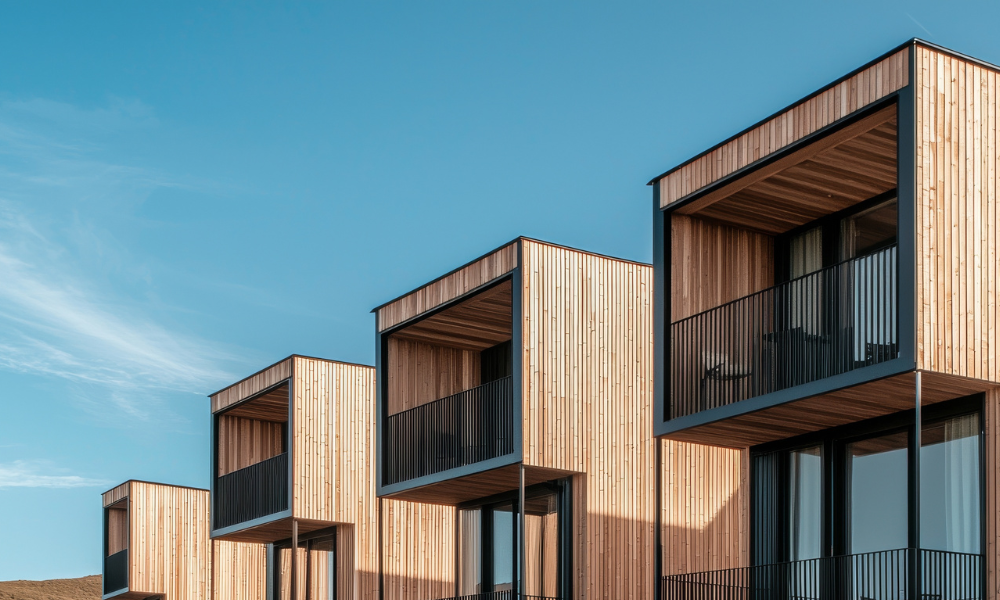Apartment deliveries weigh on occupancy, but resilient employment markets and weak home sales sustain rental demand

Multifamily rents across the US continued to climb moderately in April, supported by a solid labor market and sluggish home sales, according to the latest national report from Yardi Matrix.
The report showed that the national average asking rent increased by $5, reaching $1,736 last month. This reflects a year-over-year growth rate of 0.9%.
While record levels of apartment deliveries have put downward pressure on rents, Yardi noted that “strong job growth and fewer renters moving into homes” have helped absorb the swelling supply.
However, the market is not without warning signs. National occupancy in March fell to its lowest level since November 2013, as the US grapples with a record volume of multifamily supply delivered during the post-pandemic building surge.
“Although record levels of deliveries have applied downward pressure on rents, strong job growth and fewer renters moving into homes have helped maintain healthy absorption,” the report stated.
Yardi’s early data suggests the US is on track for a moderate 1.5% rent growth rate in 2025. However, the contraction in first-quarter GDP raises the risk of a potential economic downturn, which could disrupt otherwise resilient market fundamentals.
Home prices and high mortgage rates continue to support rental demand. The S&P CoreLogic Case-Shiller Index reported a 3.9% annual increase in home prices in February, while existing home sales dropped 5.9% in March to a seasonally adjusted rate of 4 million, the slowest pace since the 2009 financial crisis, according to the National Association of Realtors. With mortgage rates still hovering above 6.5%, many would-be buyers remain in the rental market.
“While multifamily market fundamentals are healthy, the economic uncertainty caused by tariffs could challenge the market,” the Yardi report warned. “Weaker economic growth could offset the supply slowdown by reducing multifamily demand, which could delay rent growth recovery. Household formations could decline as more people begin doubling up.”
The development sector is also feeling the strain from tariffs. Developers are reporting rising labor and materials costs, although the precise impact remains uncertain. At the NMHC Spring Meeting, developers estimated total construction costs could rise 1% to 2%. Meanwhile, the Association of General Contractors of America reported supplier price hikes averaging 6.3%, adding an estimated $10,900 to the cost of building a new home.
Read next: 'Sticky' tariffs keep interest rates high, halting momentum in CRE market
“Builders are increasingly concerned about pricing volatility, labor shortages and limited land availability,” the AGC said in a release. “These cost pressures, coupled with unclear policy direction, are hindering builders’ ability to plan and price effectively.”
Yardi projects a slowdown in multifamily completions in the coming years. Completions are forecast to fall 31% in 2026 and 43% in 2027 compared to 2024’s record-high 615,000 units. This slowdown could allow rent growth to rebound into a healthier 3% to 4% range from 2027 through 2030.
Stay updated with the freshest mortgage news. Get exclusive interviews, breaking news, and industry events in your inbox, and always be the first to know by subscribing to our FREE daily newsletter.



